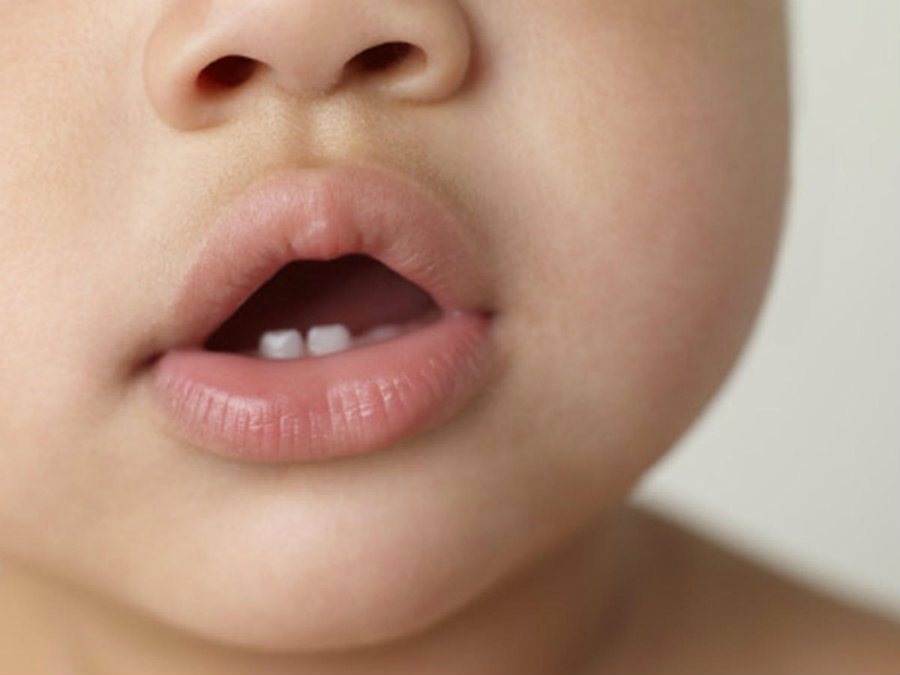A new study found that baby teeth from children with autism contain more toxic lead compared to teeth from children without autism, which suggests autism is linked to heavy metals.
The study was conducted by scientists at the National Institutes of Health (NIH), who said baby teeth from children with autism also contain less of the essential nutrients zinc and manganese.

The researchers analyzed twins to control genetic influences and to focus on possible environmental causes of the disease. The study was published June 1 in the journal Nature Communications.
NIH study found exposure to lead and low manganese levels contribute to autism
The findings suggest that differences in early-life exposure to metals, or how a child’s body processes them, may increase the risk of autism. The researchers noted the differences in metal uptake between children with and without autism were notable during the months just before and after they were born. The team determined this by using lasers to map the growth rings in baby teeth created during different developmental periods.
“We think autism begins very early, most likely in the womb, and research suggests that our environment can increase a child’s risk,” said Cindy Lawler, Ph.D. and head of the National Institute of Environmental Health Sciences (NIEHS) Genes, Environment, and Health Branch, according to a NIH press release. “But by the time children are diagnosed at age 3 or 4, it’s hard to go back and know what the moms were exposed to. With baby teeth, we can actually do that.”
The researchers found higher levels of lead in children with autism during their development, with the greatest disparity observed during the period after birth. They also noticed lower uptake of manganese in autistic children, both before and after birth. Zinc uptake was different, however, as children with autism had lower zinc levels earlier in the womb, but the levels increased when they were born, compared to children without autism.

Lead exposure can be seen in certain layers of baby teeth
The researchers analyzed patterns of lead using teeth from 32 pairs of twins and 12 single twins. They compared patterns in twins where the only one developed autism, as well as in twins where both or neither were autistic. They noticed smaller differences in the patterns of metal uptake occurred if both twins had autism, while larger differences occurred in twins where only one of them had autism.
They noticed smaller differences in the patterns of metal uptake occurred if both twins had autism, while larger differences occurred in twins where only one of them had autism.
The study builds on prior research that shows exposure to toxic metals, like lead, and deficiencies of essential nutrients, such as manganese, may affect brain development while in the womb or during early childhood. Manganese is an essential nutrient for children development, although it can also be toxic at high doses. Studies have shown exposure to both lead and high levels of manganese are linked with autism traits and severity.
The study was led by Manish Arora, an environmental scientist, and dentist at the Icahn School of Medicine at Mount Sinai in New York. Arora and his team used lasers to extract precise layers of dentine, a hard substance beneath tooth enamel, for metal analysis. The researchers previously showed that the amount of lead in layers of dentine corresponds to lead exposure during different developmental periods in children.
Arora noted that autism is a condition where both environment and genes play a role but discovering which environmental exposures may increase risk has been difficult.
“What is needed is a window into our fetal life,” said Arora, according to the NIH press release. “Unlike genes, our environment is constantly changing, and our body’s response to environmental stressors not only depends on just how much we were exposed to but at what age we experienced that exposure.”
Source: National Institutes of Health
